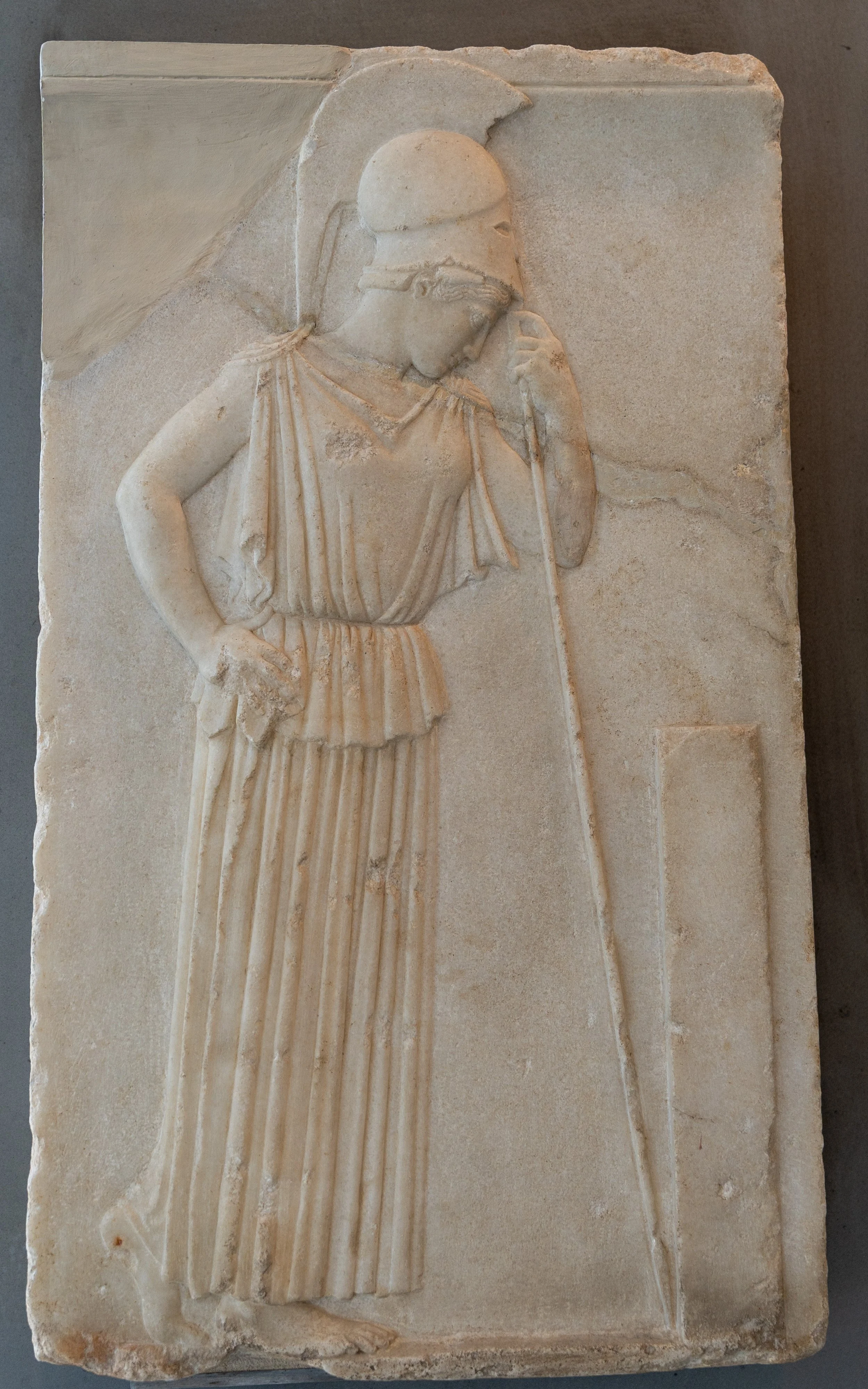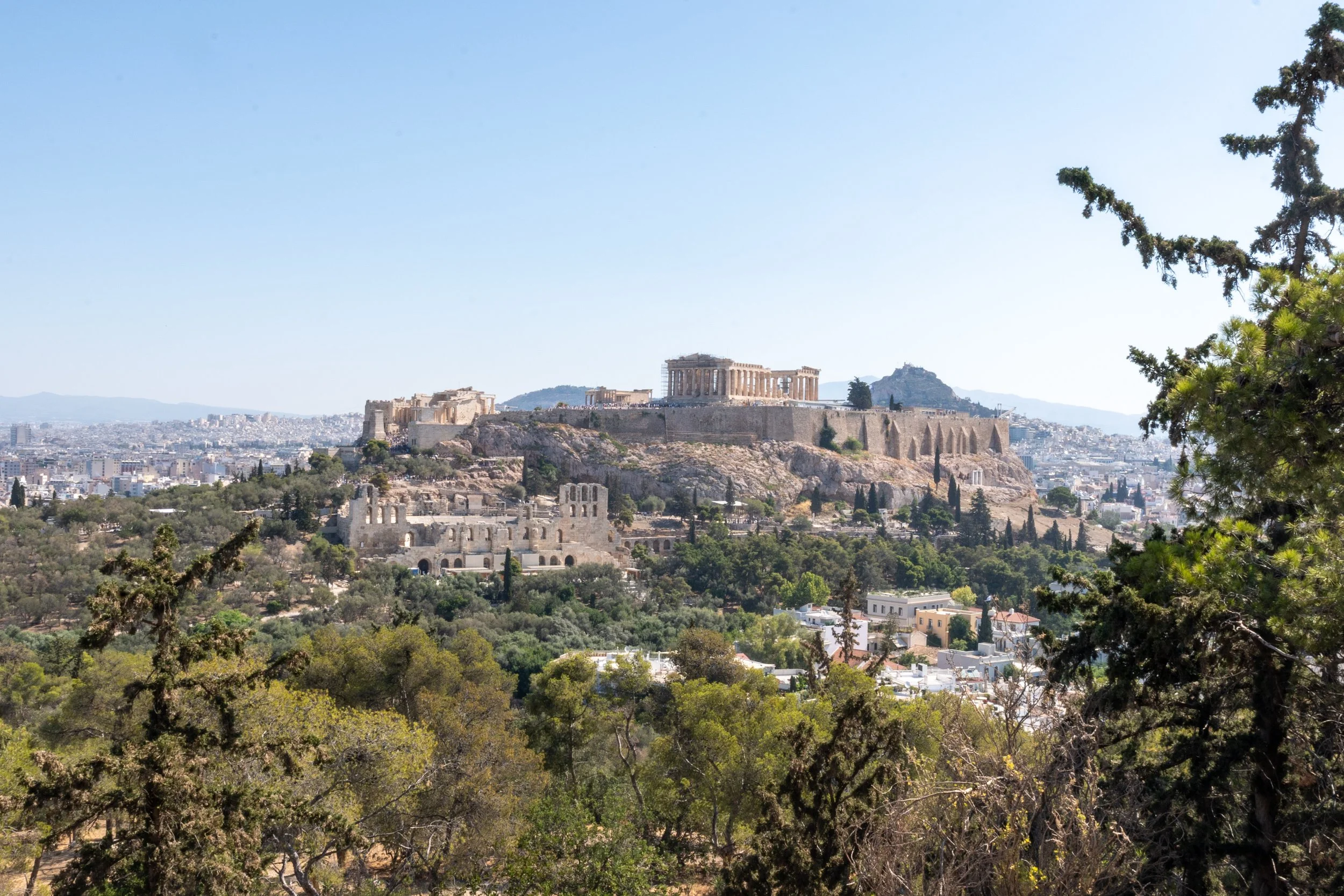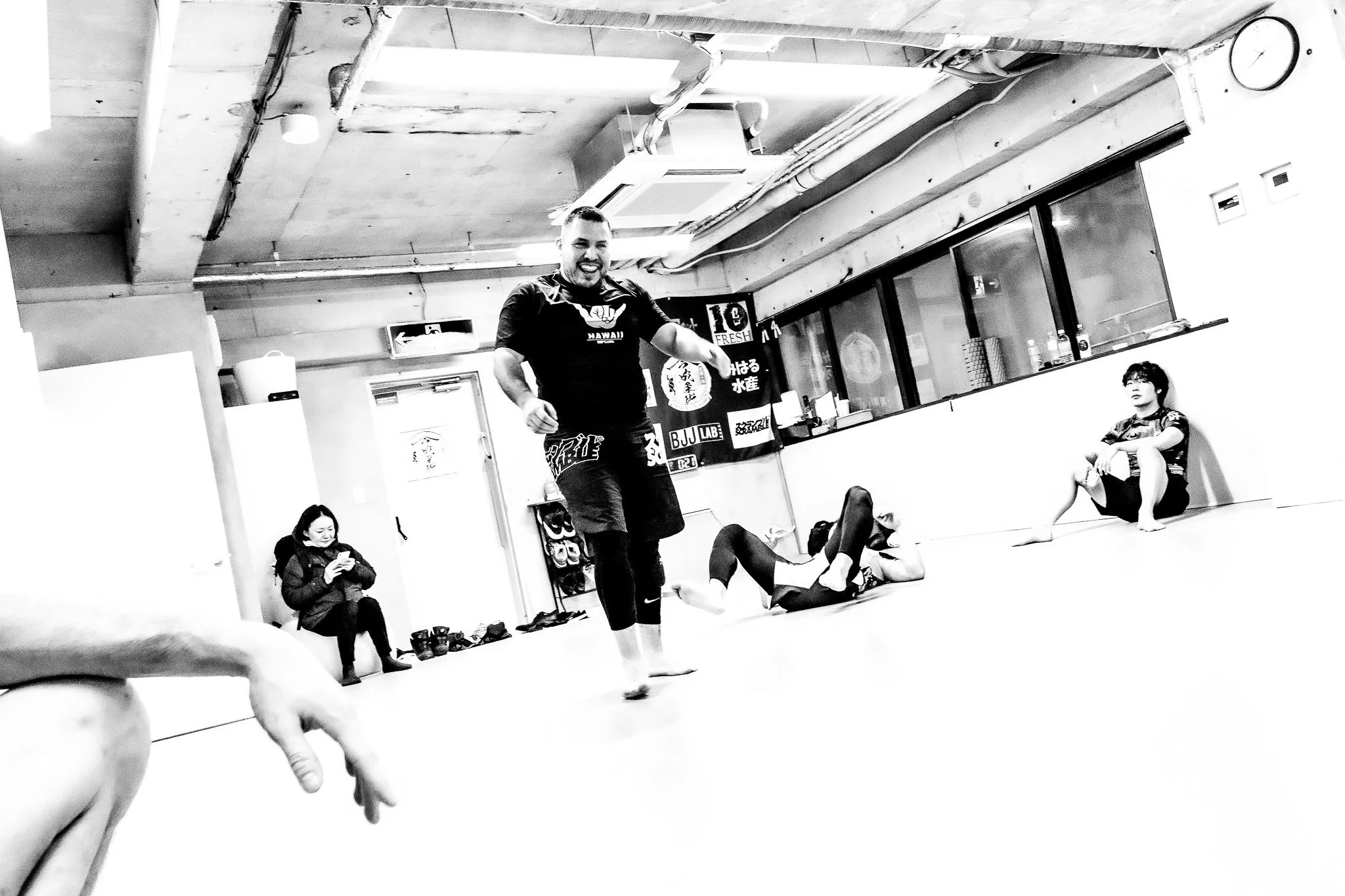Climbing Above the Clouds - Lake Atitlán
Climbing above the volcanic rim of Guatemala’s Lake Atitlán, Lochie scaled ancient rock faces with local guides, where each ascent revealed sweeping vistas and a deeper connection to the land and its stories.
On this trip, I set out to explore Lago de Atitlán in Guatemala and made a stop in a small town called San Marcos. To get between towns around the lake, you’ll need to take a boat, the ride costs about 25 Quetzales (roughly a few AUD), and it’s a great way to see the lake from the water.
From San Marcos, I linked up with ATI Adventures, an eco-tour agency at the lake that runs climbing, hiking, and kayaking trips. They organized everything for the climb; gear, setup, and guidance. The cost depends on group size, so keep that in mind if you’re planning to go. For me, it worked out to about $135 AUD, since it was just myself and one other climber. We met up in Santa Cruz and started with a 20-minute hike up to the mountain.
When we reached the climbing location, the views of the lake were already absolutely stunning so by the time that we slapped on a bit of chalk and began the ascension, all of our senses continued to thank us.
The routes we climbed have names in the local language, which translate to Thank You, Sweet Bread, Iguana, and one more which I unfortunately, can’t remember. These first climbs are around 5.10a grades. If you’re comfortable with crimps and trust your footwork on friction, you’ll love them. Even if you’re newer, they make for a fun challenge.
We progressed to another section of the wall that looked shorter but was actually much tougher, graded 5.11a–c. This part had lots of cracks, more dynamic moves, and even an undercling section. It ended up being my favorite climb of the day because it really made me stop and think through each move.
In total, we knocked out five climbs. It was such a rewarding experience, and I’d definitely recommend it to anyone looking for adventure at Lake Atitlán. I had a great time and I’m already excited for the next one.
Written by: Lochlan Mcgrath-Moses
The Parthenon - Athens, Greece
“I say that as a city, we are the school of the world.”
— Pericles, Funeral Oration
“I say that as a city, we are the school of the world.”
— Pericles, Funeral Oration
Victory has a way of revealing what a city is really made of. The Athenian victory in the Persian Wars didn’t just preserve the city—it propelled it into leadership, laying the groundwork for its golden age. Athens emerged victorious and elevated. The spoils of war, both literal and symbolic, fueled a cultural explosion: drama, philosophy, sculpture, architecture. It was an era defined by power and vision. And at the heart of that vision stood the Parthenon.
What made it remarkable wasn’t just its size or cost (though it was massive and expensive). It was the precision. The subtlety. The intention behind every column and stone. There are almost no straight lines in the Parthenon. The columns swell slightly in the middle (entasis), and the base curves gently. These distortions counteract optical illusions, making the structure appear perfectly straight to the human eye. It was designed not for math, but for how we see.
And yet, the Parthenon wasn’t just a work of art—it was a political statement. Funded by the Delian League, a wartime alliance turned Athenian revenue stream, it was a bold display of dominance. Art became diplomacy. Architecture became soft power. The Parthenon told the rest of Greece: Athens leads now.
Even in ruins, it remains one of the most iconic structures in human history. Architects still study its proportions. Artists still draw from its ideals.
Tourists still climb the Acropolis to catch a glimpse of what it meant to build something for the ages.
Its survival through war, explosion, looting, and time is a tribute to the spirit of Athens. Yet it was also a show of confidence—designed by elites, towering over a city that knew its influence. The Parthenon wasn’t just a celebration of what Athens was; it was a projection of what it wanted to be.
That mattered, because in Athens, greatness wasn’t inherited—it was made. The city believed in effort, debate, and shaping citizens through participation.
In his Funeral Oration, Pericles captured that spirit when he said:
“We are called a democracy, for the power is in the hands of the many than in the few. What counts is not a person’s class, but their merit. I say that as a city, we are the school of the world.”
The Parthenon was the classroom. The lesson? That culture can be power. That form can carry meaning. That vision, shaped and carved into stone, can still speak.
Imanari Jiu-Jitsu - Tokyo, Japan
Mastery isn’t just skill. It’s an unspoken connection—a precise harmony of humility, purpose, and presence.
Mastery isn’t just skill. It’s an unspoken connection—a precise harmony of humility, purpose, and presence. I learned this in a Tokyo basement, where a legend transformed an ordinary morning into something unforgettable.
The streets of Tokyo are still asleep when you emerge from Akebonobashi Station. The winter air bites, sharp and clean, and the only sound comes from a vending machine humming softly on the corner. A small sign beside it reads: Imanari’s Jiu Jitsu. The arrow points downward, leading to a staircase that vanishes into the earth.
Descending into the dojo, the scent of clean mats and detergent greets you. The space is stark, fluorescent lights bouncing off pristine gray mats. Two men sit near the entrance, speaking quietly in Japanese. One of them, unmistakably, is Masakazu Imanari. His wiry frame and sharp gaze radiate an effortless presence.
When he notices you, he smiles, his expression warm, almost playful. “Training?” he asks. His voice carries no pretense, just genuine curiosity. After introductions, he surprises you by switching briefly to Spanish, eager to connect on your terms. Even here, in a basement far from home, Imanari’s kindness cuts through the cold.
Shoes off, you step onto the mats. The faint rhythm of James Brown’s Black Caesar album plays in the background—a smooth, unexpected counterpoint to the room’s quiet energy. One by one, students arrive. Some are locals; others, like you, are travelers drawn by the reputation of the Ashikan Judan—the “Master of Leglocks.”
Class begins with warm-ups, led by Imanari himself. His movements are deliberate, precise, and strangely calm, as if every motion carries a deeper purpose. Today’s lesson: single-leg X into heel hook variations, a technique that has become synonymous with his name. His instruction is mostly in Japanese, but words are unnecessary. His mastery transcends language, his body demonstrating what words never could.
You fumble at first, your attempts clumsy compared to the fluidity of his movements. He notices. Without hesitation, he’s beside you, guiding your hands and shifting your weight until it clicks. His touch is precise, his manner encouraging but unflinching. When you get it right, he nods—not with fanfare, but with quiet acknowledgment. Progress, no matter how small, deserves recognition.
Sparring begins. It’s a test of adaptability, and Imanari leads by example. He rolls with everyone, from white belts to seasoned black belts. When it’s your turn, he matches your energy—firm yet technical, pushing just enough to challenge you without overwhelming. His approach is fluid, a mirror reflecting your effort and intent. You feel the gap in skill, vast yet inspiring, like staring at the ocean from the shore.
As the session winds down, the dojo pulses with life. James Brown’s The Payback provides a steady beat as students linger—some sparring, others exchanging tips or packing their gear. Imanari stays, a constant presence, his focus unwavering. He rolls with those who ask, answers questions, and shares quiet moments with his students.
When it’s your turn to approach, you ask him, with the help of Google Translate, about the connection between jiu jitsu and the Japanese aesthetic of wabi-sabi. His reply is simple but profound: “Even after a tough practice and a lot of pain, we can still say things like, ‘Thank you.’” His words echo long after the mats empty, a reminder of the beauty in imperfection and perseverance.
Emerging into the now-bright Tokyo morning, you carry more than the ache of exertion. You carry the weight of an experience that transcends technique—a glimpse into what mastery truly means. It isn’t about perfection; it’s about humility, connection, and the quiet joy of learning.
In a cold basement dojo, under the watchful eye of a legend, you found not just a teacher but a philosophy. And you leave knowing that mastery is not just an endpoint—it’s a way of being.
Written by Esteban Galvez
Visit Imanari Jiu-Jitsu while in Tokyo
Address: Japan, 〒160-0006 Tokyo, Shinjuku City, Funamachi, 8−4 YKB舟町 B1























